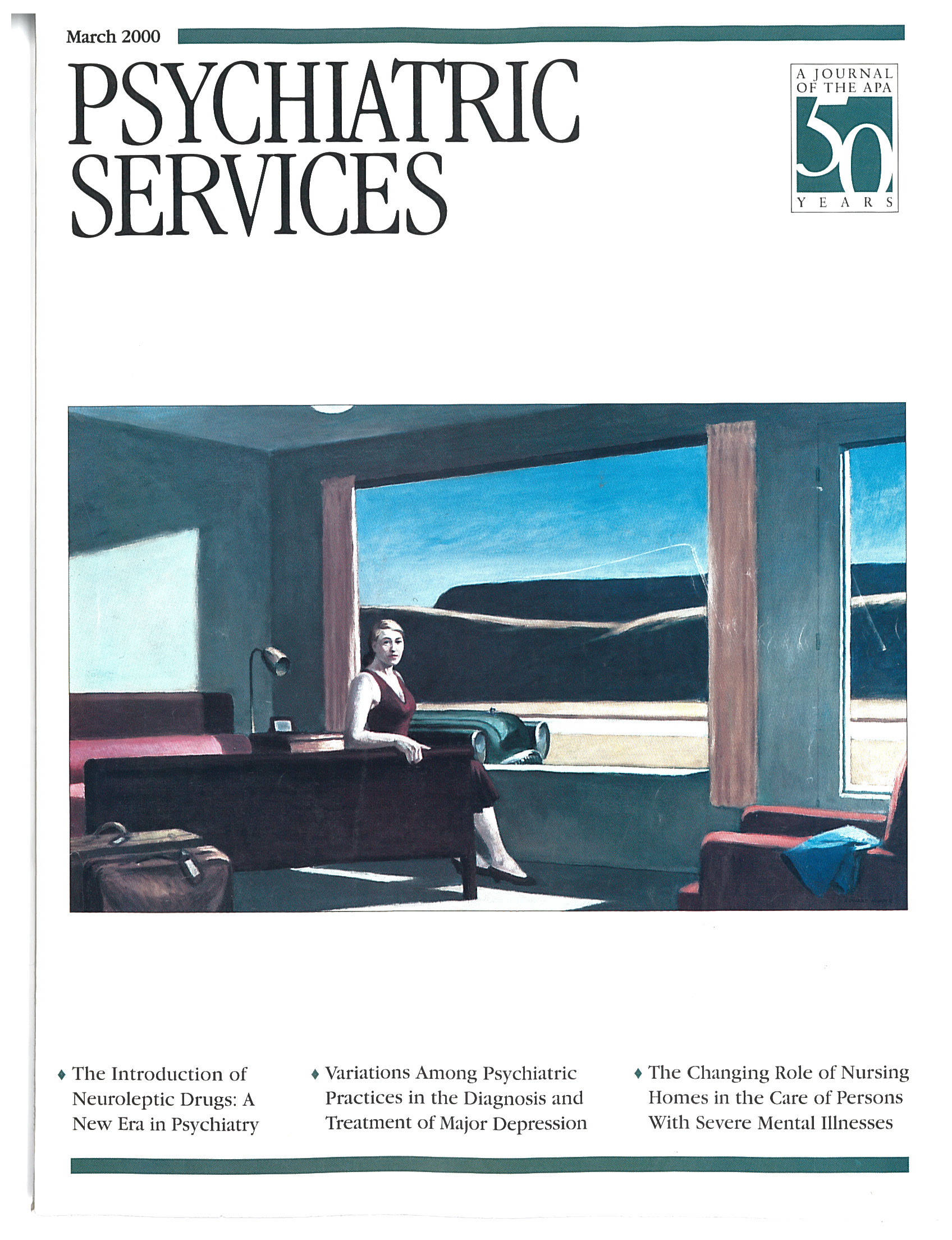Managing Aggressive Psychotic Patients
In Reply: I thank Drs. Fichtner, Durgin, and Chacko for their interesting comments on my article. Dr. Fichtner raises the conceptual question of the use of chemical restraints. I agree with his comments and do not have a clear answer to this escalating debate. Clinically, the use of pyschopharmacological interventions cannot be equated with chemical restraints. When restraints are needed, I recommend physical restraints. Once the patient is in restraints, medications may be required to treat and manage the patient safely. However, other clinicians may view my definitions as only semantic distinctions. As Dr. Fichtner mentions, the issue of chemical restraints is increasingly being tested in public policies and legal forums.
Concerning Dr. Durgin's comments, I agree that intramuscular preparations generally do reach their peak concentrations sooner than oral medications and hence have a more rapid onset of action. However, achieving optimal antipsychotic properties of all neuroleptic drugs requires one to three weeks, which of course is not possible in the emergency situation. The sedative (muscarinic) effect of the neuroleptic medication occurs much more rapidly and is clinically relevant in an emergency. Rapid tranquilization can be safely and quickly achieved by using higher doses of benzodiazepines intramuscularly alone or in combination with neuroleptic medication. In the chaser approach, neuroleptic medications are not used to sedate, so oral administration is not an issue. The benefit of this approach may be improved neuroleptic compliance.
Dr. Chacko questions my recommendation for using cogentin to treat akathisia. Most experts would agree that lowering the dose of the neuroleptic medication could relieve the symptoms, though the effect is not immediate. Acute relief is often attempted by employing one of the following medications: anticholinergic drugs, beta blockers, or benzodiazepines. Dr. Chacko may be referring to the Schatzberg and Nemeroff text (1) that recommends benzodiazepines and propranolol, as opposed to cogentin, for the treatment of akathisia. Yet in the same textbook Stanilla and Simpson (2) recommend trying anticholinergic agents before using benzodiazepines or beta blockers. Researchers vary on their recommendations (3), and others see these agents as equivalent (4).
1. Meltzer HY, Fatemi H: Treatment of schizophrenia, in the American Psychiatric Press Textbook of Psychopharmacology, 2nd ed. Edited by Schatzberg AF, Nemeroff CB. Washington, DC, American Psychiatric Press, 1998Google Scholar
2. Stanilla JK, Simpson GM: Treatment of extrapyramidal side effects, ibidGoogle Scholar
3. Grossberg GT, Webster J: Treatment of schizophrenia. Hospital Physician 4:3-13, 1998Google Scholar
4. Holloman D, Marder J: Management of acute extrapyramidal effects induced by antipsychotic drugs. American Journal of Health-System Pharmacy 54:2461-2477, 1997Crossref, Medline, Google Scholar



